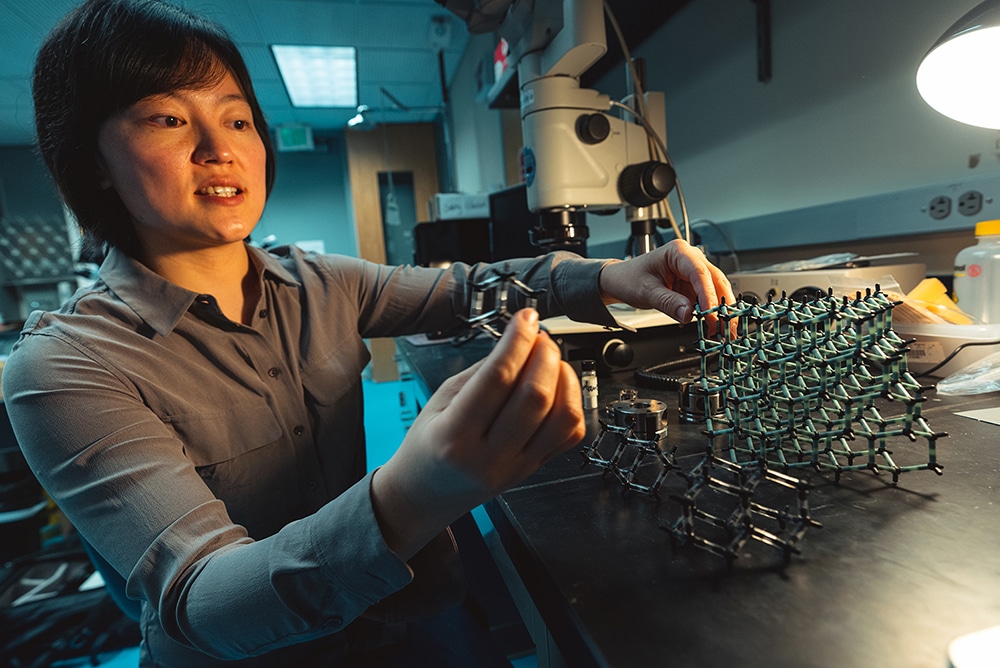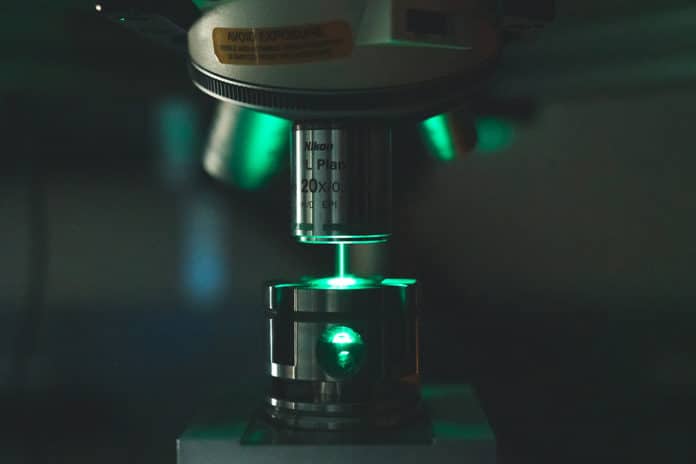Researchers have been looking for an ideal, cost-effective way to produce diamonds for decades. Now it seems like the research into the mechanisms of creating synthetic diamond forms has made further progress.
Diamonds are formed by the crystallization of carbon hundreds of kilometers below the Earth’s surface, under extreme heat and pressure. Scientists have spent decades exploring ways to turn different materials into synthetic versions of diamonds. Although more has been done, this technique requires excessive amounts of energy, requiring a catalyst, and also tends to offer a result with a considerable decrease in quality.
And this is the reason, a team of scientists from Stanford University and SLAC National Accelerator Laboratory has decided to find a simpler way of making a single substance into pure diamond without the need for a catalyst. They were able to produce a pure diamond from a substrate found in fossil fuels.

To create these diamonds, researchers began with three types of powder refined from tankers full of petroleum. After examining these materials using a powerful microscope, the team observed that the samples of the atoms in the powders were arranged in the same pattern as the atoms that make up the diamond crystals. They were presented if the intricate lattice of diamond had been chopped up into smaller units composed of one, two, or three cage structures.
Unlike traditional diamonds made entirely of carbon, the powders – so-called diamondoids – contain hydrogen as well as carbon. The researchers then squeezed the diamondoid samples into a plum-sized pressure chamber called a diamond anvil cell, a device that is often used to generate extreme pressures and produce ultra-hard materials.
The samples were then heated with a laser, and, using the series of tests and simulations, the team found that the three-cage diamondoid can reorganize itself into a diamond with surprisingly little energy. At 627° C and pressure many times greater than in Earth’sEarth’s atmosphere, the carbon atoms snap into alignment, and its hydrogen scatters or falls away.
This new technique wants to focus on creating valuable diamonds for medicine, industry, quantum computing technologies, and biological detection, taking advantage of the extreme hardness, optical transparency, and chemical stability of the diamond.
“What’s exciting about this study is it shows a way of cheating the thermodynamics of what’s typically required for diamond formation,” said Stanford geologist Rodney Ewing, a co-author on the paper, published in the journal Science Advances.
